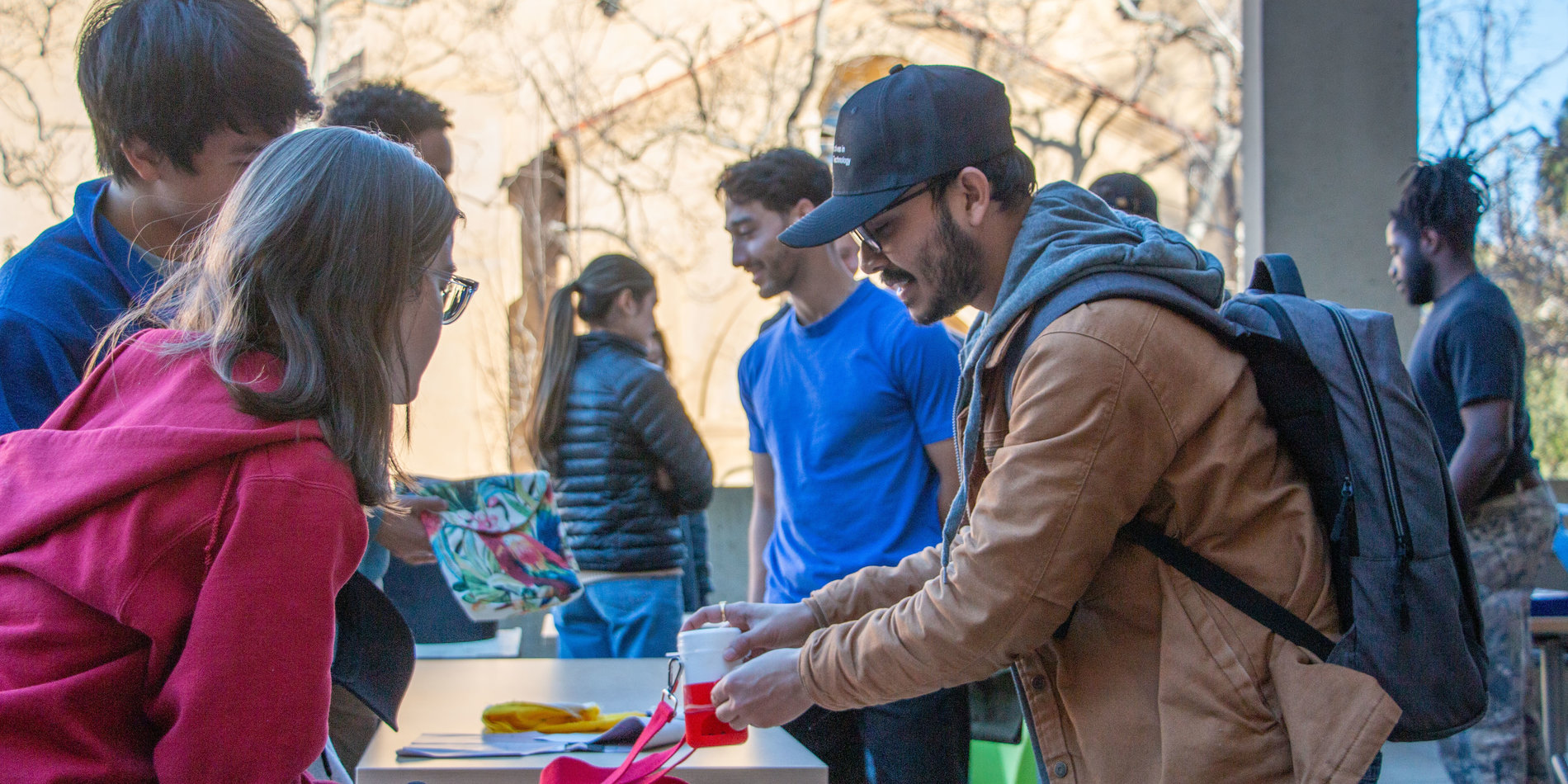The Haas Center's Cardinal Commitment Framework

In the spring of 2020, three program areas at the Haas Center for Public Service were merged under Cardinal Commitment. The team and activity areas encompassed by Commitment at the Haas Center are:
- Support for student-initiated long-term service (both student groups and individual students): Alex Bervik and Pete Cerneka
- Education Partnerships (mentoring and tutoring programs): Priscila Garcia and Renee Scott
- Community Leadership (including the Public Service Leadership Program): Kristy Lobo
As a quick reminder, Cardinal Commitment is defined as that area of Cardinal Service through which students make and sustain a service commitment to a program or organization for at least three quarters.
The newly constituted Cardinal Commitment team created a new framework for student leadership development that defines student progression through Cardinal Commitment: the Cardinal Commitment Framework for Student Leadership Development at the Haas Center for Public Service (hereafter referred to as “the Framework”).
The Framework aims to deepen student service experience and service leadership, and combines an array of programs and activities that encourage and support student involvement in public service organizations and programs on the Stanford campus, in the local community, and beyond.
In addition to articulating the programs supporting long-term service, the team created a new opportunity for a cohort of students to identify as Haas student leaders––leaders who have a strong sense of belonging and attachment to the Haas Center.
All Commitment sub-areas––Student-Initiated Service, Education Partnerships, and Leadership Programs––share three features, which form the backbone for the new framework:
- Students can participate in all activities for three quarters.
- All activities are fundamentally based on community partnership, including our work with student service groups, which in turn is based on the principles of ethical and effective service.
- All activities engage students in development of their public service leadership capacity, encompassing management and leadership skills.
The following graph visualizes the new articulation, what we call the Framework for Leadership Development. It represents the relationship between students’ commitment to public service (x-axis) and their competency in ethical and effective service (y-axis). The Commitment activities are articulated in phases through which students increase their skills and knowledge over time as their interests deepen, while also allowing for students to enter phases with other experiences in Cardinal Quarter and Cardinal Courses, but relevant knowledge sets.

Phase 1, Engagement Commitment, membership in a student service group or entry-level service with a community organization is the typical entry point for many students. Phases 2 and 3 encompass student organization leadership, Phase 2 focusing on student service group leaders and Phase 3 focusing on existing cohorts such as Education Partnerships Fellows and Frosh Student Liaisons. In Phase 4 students deepen their learning by completing a capstone project or serving as a Haas Center Issue Area Coordinator.
By design, the framework is easy to start but challenging to finish: students can easily enter activities in phase 1, but are increasingly challenged in each successive phase, with completion of the entire trajectory representing a significant service achievement. While most students will complete elements of the phases in the sequence outlined below, students may choose to complete the elements or phases concurrently or in a different sequence. In practice, some students will enter from different points and depart from Commitment experiences to various points.
I welcome questions or comments on the Framework––please feel free to contact me at kbeck@stanford.edu.


